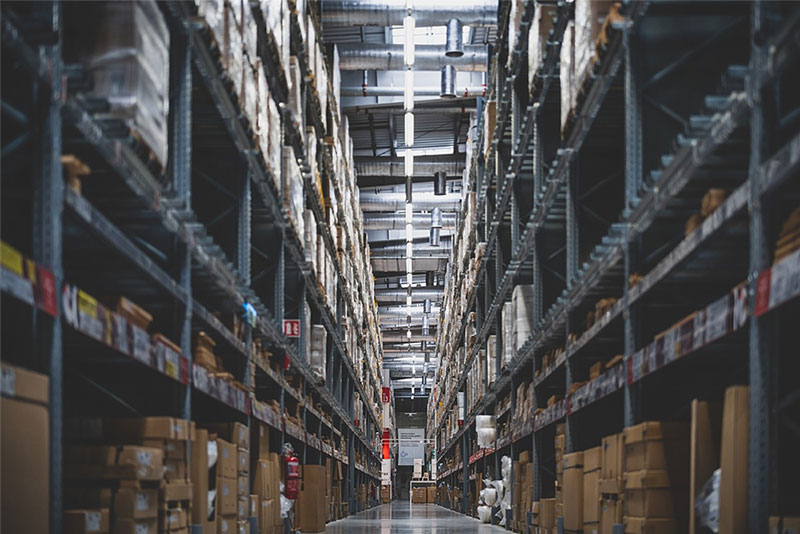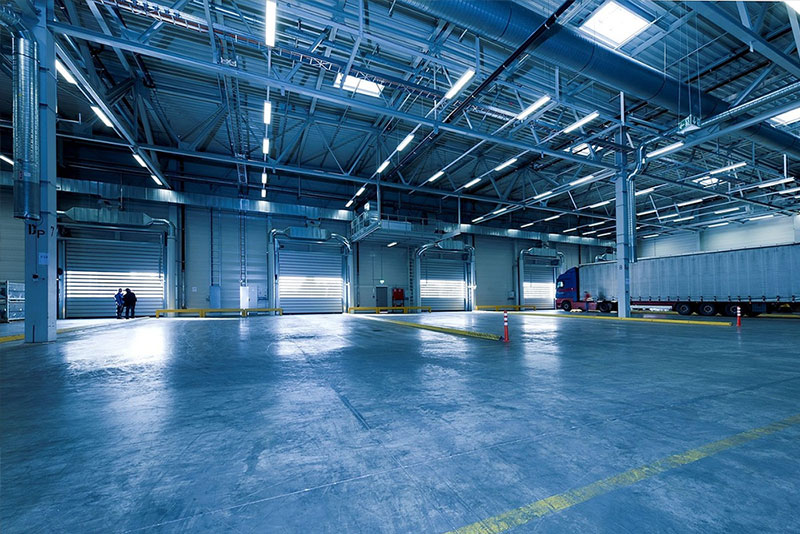When managing goods stored in a US overseas warehouse, conducting regular inspections is crucial to maintain quality and efficiency. These inspections ensure that products are in optimal condition, comply with regulations, and meet customer expectations.

Here are the key steps to effectively conduct inspections:
1. **Establish Inspection Protocols:** Define clear protocols detailing what aspects to inspect, how frequently, and by whom. This could include checking for damages, verifying quantities, and assessing compliance with storage conditions.

2. **Utilize Technology:** Leverage technology such as barcode scanners, RFID systems, or inventory management software to streamline inspections. These tools help in accurately tracking and recording inspection results.

3. **Train Inspection Teams:** Ensure that personnel conducting inspections are well-trained in warehouse operations, product knowledge, and inspection procedures. Regular training updates keep them informed about any changes.
4. **Schedule Regular Inspections:** Establish a regular schedule based on product turnover rates and storage conditions. For perishable items, inspections may need to be more frequent compared to non-perishable goods.
5. **Document and Analyze Findings:** Document inspection results comprehensively. Analyze trends or recurring issues to implement preventive measures effectively. This proactive approach minimizes risks of quality issues or delays.
6. **Communicate with Stakeholders:** Keep stakeholders informed about inspection outcomes and any actions taken. This transparency builds trust and ensures everyone is aligned on maintaining high standards.
By following these steps, businesses can uphold quality standards, mitigate risks, and optimize warehouse operations. Regular inspections not only safeguard product integrity but also enhance overall supply chain efficiency.